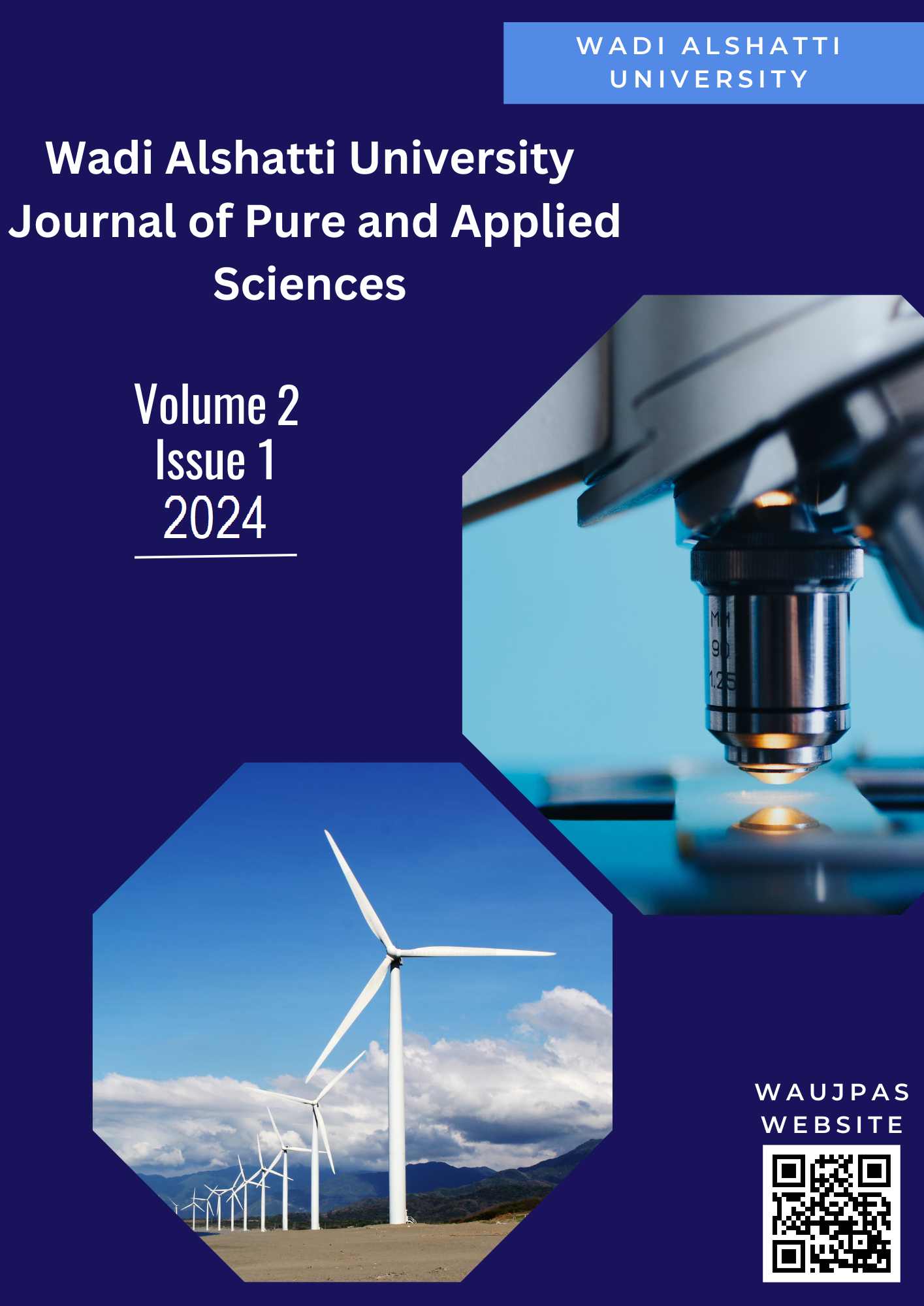Prevalence of Urinary Tract Infections Among Patients Attending Arriada Laboratory in Alzawia City, Libya
DOI:
https://doi.org/10.63318/Keywords:
Urinary Tract Infection, Escherichia coli, Prevalence, Alzawia City, LibyaAbstract
Urinary tract infection is a persistent global problem that can affect all ages. It affects women more than men due to anatomy and physiological function. It is also considered as common cause of hospital visits. Bacteria are the main causative agents of these infections, although more rarely, other microorganisms, such as fungi and some viruses, have been reported to be responsible for UTIs. The aim of this study was to determine the prevalence of UTI and identify causative microbe and associated risk factors associated among patients attending Arriada Laboratory in Alzawia Libya. A total of 203 morning mid-stream urine samples were examined using standard microbiology methods. The questionnaire was submitted to all patients to collect information such as age, gender, marital and occupational status. Patients who have UTI due to bacterial infection were 61/203 (30%). The most common bacterial isolates were E. coli with 36/61 (59%), followed by Klebsiella pneumoniae 18/61 (29.5%), Pseudomonas aeruginosa 5/61 (8.2%) and Proteus mirabilis 2/61 (3.3%). Our study showed a significant relationship between the age and UTIs (P<0.05). In the age group 21-30 prevalence of bacterial causing UTIs were higher with 18/61 (29.5%) compared to other age group ≥ 60 which was 1/61 (1.6%). there was no-significant association (P>0.05%) between UTIs and sex, marital and occupational status.
Downloads
Downloads
Published
Issue
Section
License
Copyright (c) 2024 Halemah Alashoury, Abdu-Alhameed Azzwali, Haneen Mohamed (Author)

This work is licensed under a Creative Commons Attribution-NonCommercial 4.0 International License.
This journal uses Creative Commons Attribution-Noncommerical 4.0 International License (CC BY-NC 4.0), which permits use, sharing, adaptation, distribution and reproduction in any medium or format, as long as you give appropriate credit to the original author(s) and the source, provide a link to the Creative Commons license, and indicate if changes were made. To view a copy of this license, visit https://creativecommons.org/licenses/by-nc/4.0/.
Copyright of articles
Authors retain copyright of their articles published in this journal.





